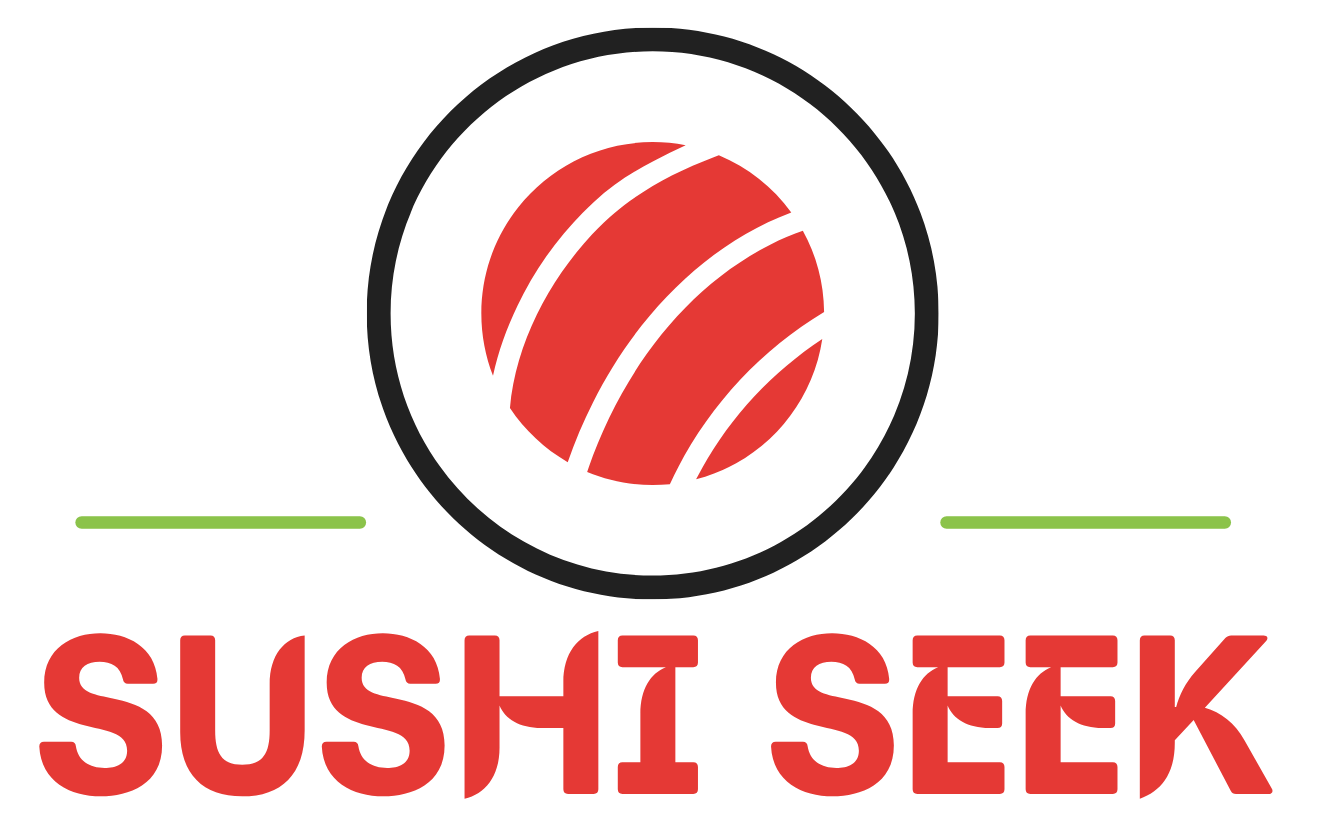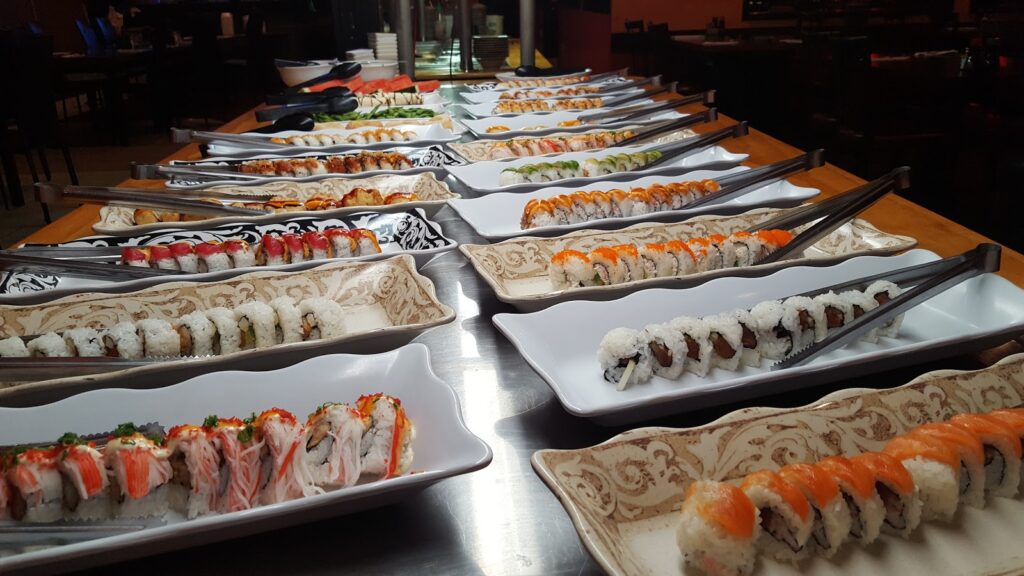When you think of sushi in the United States, sleek omakase bars and trendy fusion spots may come to mind. But long before sushi became a mainstream favorite, a handful of pioneering restaurants were quietly laying the foundation for what would become a national obsession.
Today, some of those early trailblazers are still open—still serving expertly crafted rolls, pristine sashimi, and traditional Japanese fare. These restaurants didn’t just survive—they helped shape the sushi scene we know and love today.
In this article, we take a look at the history of sushi in the U.S., and spotlight five of the oldest sushi restaurants still in business, known for their authenticity, loyal customer base, and lasting cultural impact.
A Brief History of Sushi in the United States
Sushi first began appearing in the United States in the early 20th century, brought over by Japanese immigrants. However, it didn’t gain widespread popularity until much later.
Sushi Timeline Highlights:
- Early 1900s: Japanese communities establish small restaurants serving traditional fare, mostly in California and Hawaii.
- 1966: Kawafuku in Los Angeles’ Little Tokyo becomes the first U.S. sushi bar known to serve sushi to a non-Japanese clientele.
- 1970s–80s: Sushi’s popularity grows in LA and New York, especially among celebrities and health-conscious diners.
- 1990s–2000s: Sushi becomes mainstream, with supermarket rolls and national chains.
- Today: Sushi is a $22+ billion industry in the U.S., spanning casual fusion joints to elite omakase counters.
While countless new spots have opened, some of the earliest sushi restaurants remain at the heart of this cultural journey.
Top 5 Oldest Sushi Restaurants Still Operating in the U.S.
These legendary establishments didn’t just pioneer sushi—they helped it thrive. Let’s explore five of the oldest still operating today, each with its own unique legacy.
1. Maneki – Seattle, WA (Est. 1904)
The oldest Japanese restaurant in the U.S. still operating today.
- Why it’s iconic: Opened in 1904, Maneki served Seattle’s Japanese community. It has survived internment-era shutdowns, economic downturns, and modern competition.
- What they’re known for: Home-style Japanese food, including fresh sashimi, agedashi tofu, and classic sushi rolls.
- Why people love it: Maneki offers more than food—it’s a living piece of history with generations of loyal customers.
2. Koto – Honolulu, HI (Est. 1930s)
A beloved Honolulu staple serving traditional sushi for over 80 years.
- Why it’s iconic: Helped bring Japanese cuisine to the mainstream in Hawaii.
- What they’re known for: Authentic nigiri, miso soup, and donburi bowls in a no-frills atmosphere.
- Why people love it: Consistent quality, family-owned charm, and traditional flavors untouched by trends.
3. Sushi Gen – Los Angeles, CA (Est. 1980)
One of LA’s longest-standing, highest-rated traditional sushi restaurants.
- Why it’s iconic: Located in Little Tokyo, Sushi Gen helped define LA’s sushi identity.
- What they’re known for: Pristine sashimi lunch specials, fresh uni, and expertly prepared nigiri.
- Why people love it: Affordable, high-quality sushi served with traditional skill and zero pretension.
4. Yamato – San Francisco, CA (Est. 1970s)
A hidden gem that’s been serving SF locals for over 45 years.
- Why it’s iconic: Tucked near Japantown, Yamato blends a family-run vibe with Japanese culinary tradition.
- What they’re known for: Comfort dishes like teriyaki and udon, plus sushi staples like toro and tamago.
- Why people love it: Quiet, welcoming, and full of character—it feels like home.
5. Sushi Yasuda – New York, NY (Est. 1999)
While younger than others on this list, it’s one of the most influential sushi restaurants on the East Coast.
- Why it’s iconic: Co-founded by Chef Naomichi Yasuda, who brought Tokyo’s precision to NYC’s dining scene.
- What they’re known for: Meticulously sourced fish, perfect rice, and a minimalist approach.
- Why people love it: Yasuda trained many of NYC’s top sushi chefs and set the standard for East Coast omakase.
Want to find legendary sushi restaurants near you? Explore the SushiSeek Restaurant Directory to search by city, style, or chef history.
What Keeps These Restaurants Thriving Decades Later?
While food trends come and go, these institutions stay relevant because they remain true to their roots.
Common Threads Among America’s Oldest Sushi Restaurants:
- Consistency: Time-tested methods that earn long-term trust.
- Authenticity: Recipes and techniques passed down for generations.
- Community Connection: Deep local ties and multi-generational customers.
- Adaptability: Respect for tradition with subtle evolution to stay modern.
These restaurants offer more than a meal—they serve nostalgia, culture, and connection.
Why You Should Visit One of These Iconic Sushi Spots
If you’ve never eaten at one of America’s oldest sushi restaurants, consider adding one to your travel bucket list. It’s an opportunity to:
- Experience authentic Japanese hospitality
- Taste traditional preparations rarely found elsewhere
- Support family-run culinary history
- Connect with the roots of American sushi culture
Many offer unique menu items like hand-grated wasabi, old-school pickling, and original sushi roll recipes.
Final Thoughts: Old-School Sushi Is Still the Gold Standard
Sushi in America has changed dramatically over the decades—but the foundations remain. These historic restaurants have not only stood the test of time; they’ve taught us how to appreciate sushi not just as food, but as an experience built on care, skill, and legacy.
Want to explore more historic sushi destinations? Visit SushiSeek.com to find listings, chef stories, regional sushi guides, and reviews from coast to coast.

